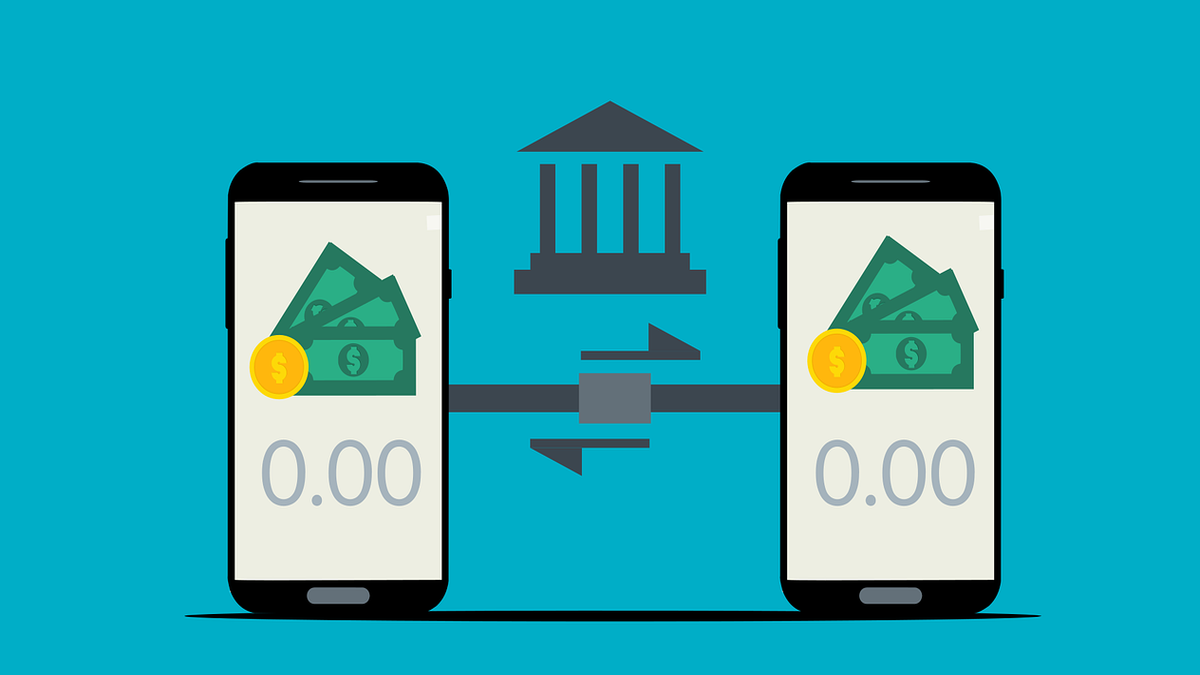Stricter controls on bank transfers will come into effect on October 9th. Meanwhile, Bank of Italy reports an increase in instant transfer fraud, making the new rules essential for secure digital payments.
Autumn 2025 will bring with it important news for the transfers. From 9 October, the following will come into force: new European rules provided for by EU Regulation 2024/886, already active since March, with the aim of making the payments digital plus secure, transparent e reliable, without increasing costs for users. This innovation follows the path begun months ago with the equalization of prices for regular and instant bank transfers, ensuring greater convenience without sacrificing security.
Bank transfers: stricter controls on beneficiaries
All transfers, both ordinary and instant, will be subject to stricter controls: banks will verify the correspondence between beneficiary name and IBAN through the system Verification of Payee (VOP), thus reducing errors and fraud. In case of discrepancies, the user will receive a notification. Furthermore, the institutions will analyze frequency and amount of payments of the recipients, possibly requesting additional documentation or reporting suspicious transactions to the competent authorities.
Another new feature is the ability to schedule instant transfers in “future” mode, initially available only in Italy and, for European countries outside the Eurozone, starting in 2027. This way, in addition to speed, users will be able to plan payments in complete security.
Instant transfers: fast, secure, and convenient
Instant transfers allow you to transfer money in less than 10 seconds, 24/24, with a maximum limit of €7 per transaction. The cost will be the same as standard bank transfers, making this tool affordable, fast, and accessible.
In recent years, theuse instant bank transfers is grown rapidlyIn the third quarter of 2024, they accounted for almost 20% of European bank transfers, with Italy’s share around 10% and steadily increasing. The pandemic has accelerated the trend, while increased awareness of digital payments has prompted banks to strengthen security measures.
Bank of Italy: Instant bank transfers and the risk of fraud
Bankitalia released the Report on fraudulent payment transactions in Italy in the second half of 2024, highlighting the risks associated with digital retail payments. Among all payment instruments, transfers instantaneous emerge as the most exposed, both in terms of fraud rate and attention from authorities and users.
The fraud rate for instant bank transfers is 0,057%, up 90% year-on-year, while that for traditional bank transfers It remains almost zero (0,0015%). Instant transfer fraud involves smaller amounts on average (€1.666) than regular transfers (€5.864), but it is more frequent.
Most fraud stems from payer manipulation, i.e., situations in which customers are deceived into sending money fraudulently, and accounts for two-thirds of the total value of bank transfer fraud. Cross-border transfers also require attention, especially to non-EU countries, which account for approximately 30% of fraud by value. These data confirm the importance of the new European rules for ensuring safer and more reliable digital payments.
